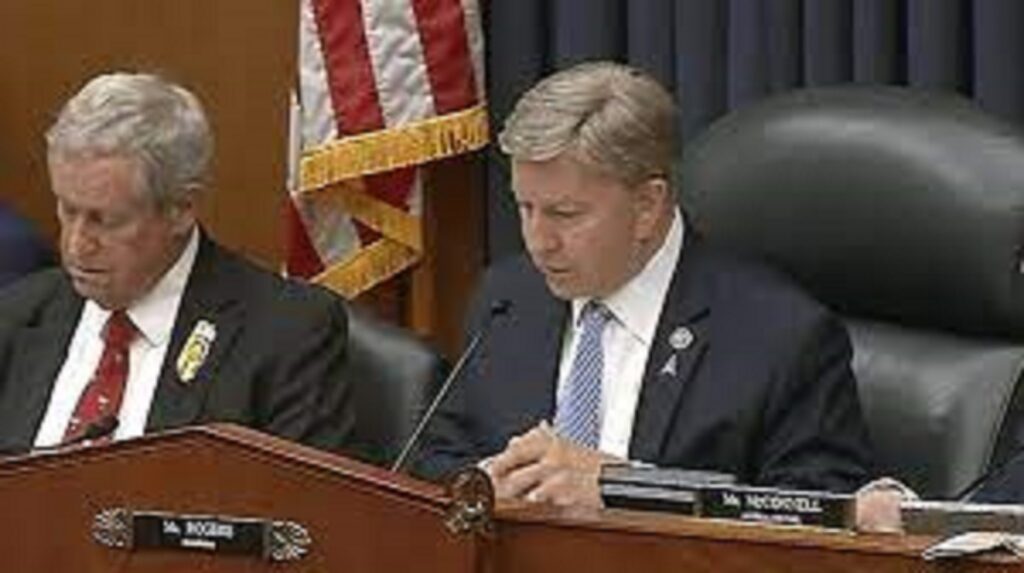On June 14, the Senate Armed Services Committee (SASC) approved its version of the fiscal year 2025 National Defense Authorization Act (NDAA). This significant piece of legislation, which shapes U.S. defense policy and military spending, now moves to the Senate floor for further debate and approval. Although the full text of the bill has not yet been released, an executive summary provides insights into key provisions and compromises included in the committee’s draft.
Resolving Space Force Integration Dispute
One of the pivotal issues addressed in the SASC bill is the transfer of Air National Guard space units to the U.S. Space Force. This long-standing dispute has been a contentious topic, with debates over how to effectively integrate existing Air National Guard space operations without compromising state-level military capabilities. The committee’s compromise language mandates the transfer of certain space functions while ensuring that the end strength of the state Air National Guard units remains unaffected.
Key Provisions and Space Policy Initiatives
The SASC bill includes several notable provisions aimed at enhancing U.S. space capabilities and addressing broader defense concerns:
- Transfer of Space Functions: The bill requires the U.S. Air Force to transfer specific space functions from the Air National Guard to the U.S. Space Force, ensuring no reduction in state Air National Guard personnel.
- Private Equity Engagement: The Department of Defense (DoD) is directed to engage with private equity firms to explore opportunities in the competitive space sector and mitigate adversarial investment strategies.
- Contractor Performance Oversight: The DoD is authorized to identify and scrutinize poor-performing contractors, necessitating approval before awarding additional contracts.
- Program Executive Office for Space: The bill authorizes the establishment of a Program Executive Office for space-based air and ground moving target indication, aiming to improve targeting capabilities.
- Review of Target Indicator Capabilities: A directive for a comprehensive review of DoD efforts to acquire new moving target indicator capabilities and associated programs.
- Commercial Augmentation Space Reserve: Authorization to establish a Commercial Augmentation Space Reserve program, including a requirement for a report on commercial insurance for DoD space support services.
- Space Command Integration: The bill mandates the designation of a Program Executive Officer for Space Command, Control, and Integration to develop a system supporting combined operations at the National Space Defense Center.
House Version and Potential Conflicts
On the same day, the House of Representatives passed its version of the NDAA. However, the House bill includes several controversial social policy amendments, which are expected to provoke a significant clash with the Democratic-controlled Senate. These amendments, championed by House Republicans, address contentious issues such as abortion access for service members, diversity initiatives, and gender-affirming care. Democrats argue that these riders threaten the traditionally bipartisan nature of the defense authorization process.
Outlook and Next Steps
As the Senate prepares to debate its version of the NDAA, lawmakers must navigate the complexities of integrating the SASC’s policy priorities with the broader legislative goals of both chambers. The resolution of differences between the House and Senate versions will be crucial to passing a unified defense policy bill. The upcoming discussions will be critical in shaping U.S. defense strategy and military readiness for the year ahead.
